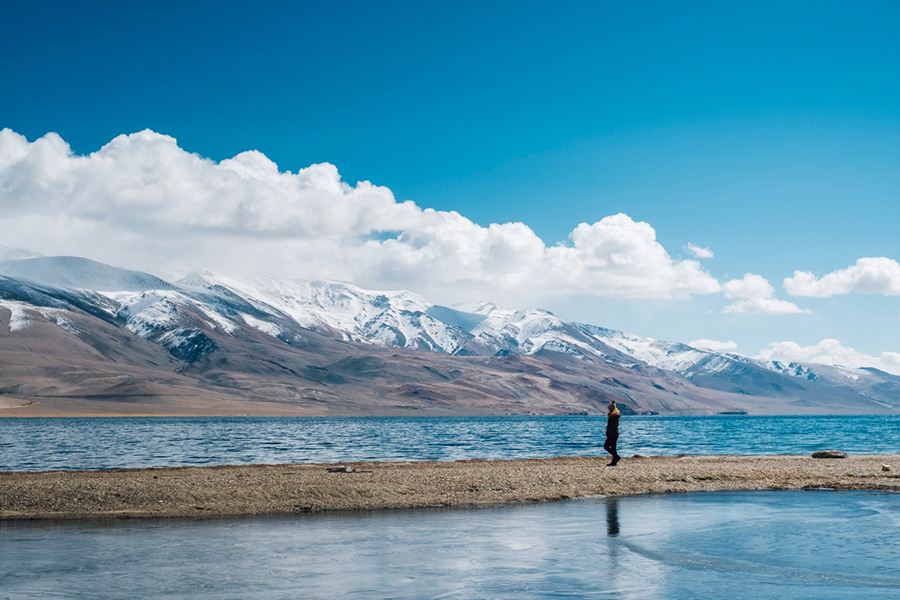
The people of Ladakh have a repository of indigenous knowledge and indigenous techniques that can help build the research to inform planning and design processes specially related to the SDG goals.
Author
Shiekh Intekhab Alam, Jindal School of Art and Architecture, O.P Jindal University, Sonepat, Haryana, India.
Summary
Ladakh is a cold desert region in India, the temperature here can vary from −30 ℃ to 30 ℃, the harsh climate in the region inspired locals to come up with building construction practices which are relevant to the culture and climate of the region, these traditional wisdom can be best witnessed through the art and architecture of the region, the author has tried to document some features of these traditional knowledge, it is an ongoing research and would take a couple of months to completely relate the indigenous practices with the sustainable development goals, but some of them are highlighted in the visual essay.
The author had been working in the region for the past five years now primarily as architect and has conducted various research workshops with students, and additionally he has been part of some of the institutes and organization working in the domain of built environment, heritage, ecology, and archeology. The people of Ladakh have a repository of indigenous knowledge and indigenous techniques that can help build the research to inform planning and design processes specially related to the SDG goals.
The visual essay will also take help from two architectural projects done by the author. The first project Dolkhar resort was designed as a boutique resort reusing materials, form and spatial layout of the previously built traditional house, while old age home was built after the flash flood of 2015, it is now home to around sixty old age people, the challenge in both the project was to make it habitable all-round the year using traditional methods, and in addition the research benefitted from numerous studies done by scholars, authors, and travelers in the region but none on the importance of these indigenous knowledge system.
Published in: Design for Climate Adaptation, Sustainable Development Goals SeriesVolume Part F2789, Pages 131 – 1532023.
To read the full paper, please click here.

